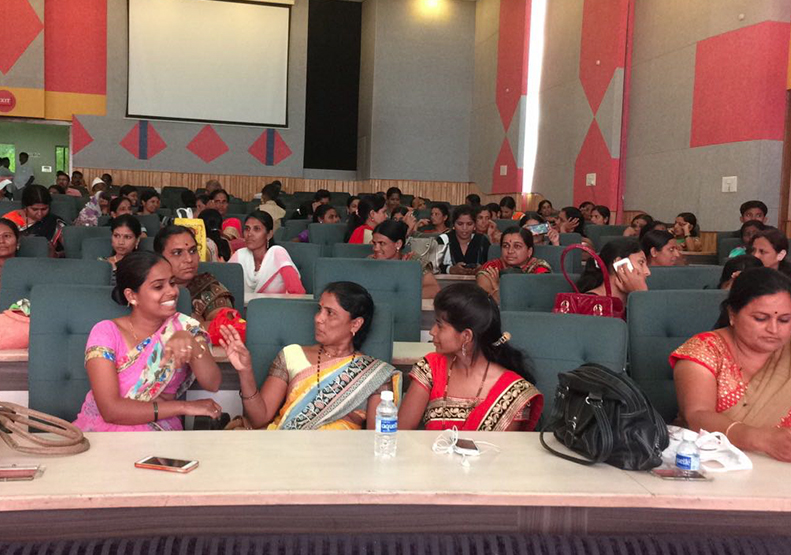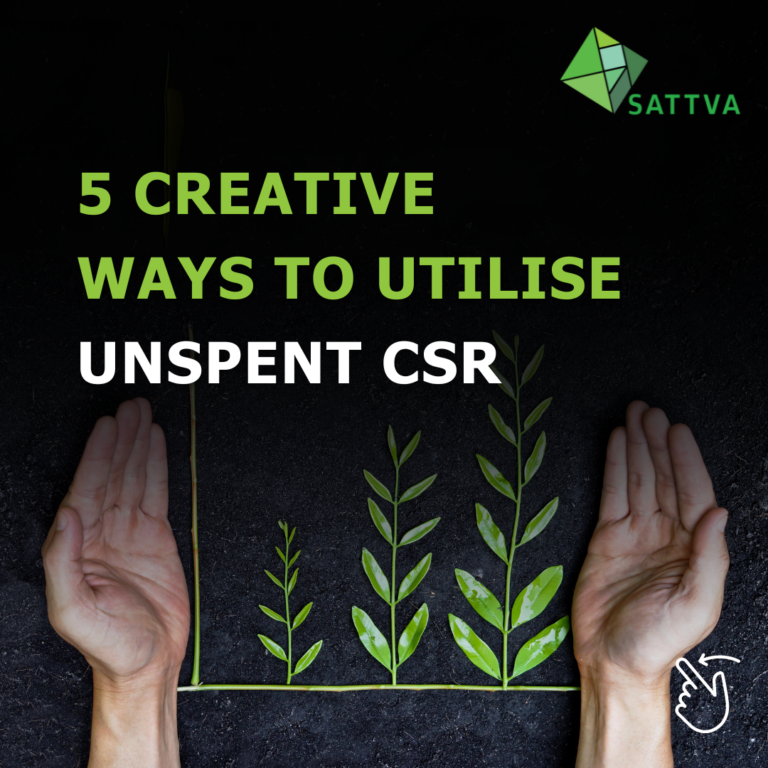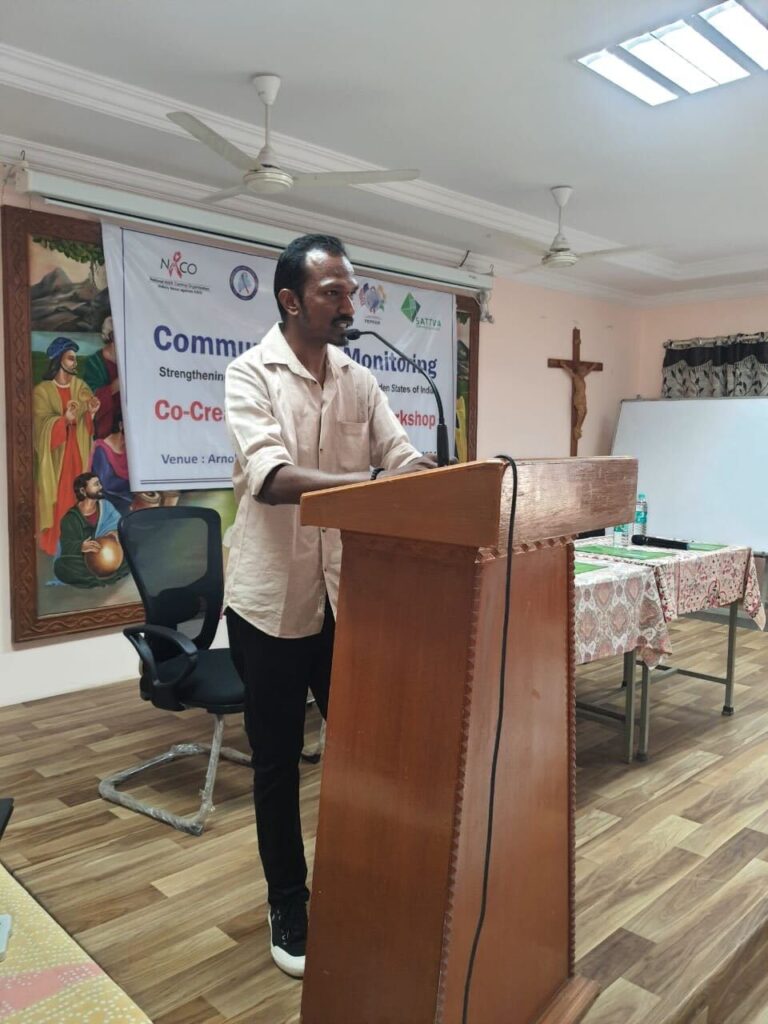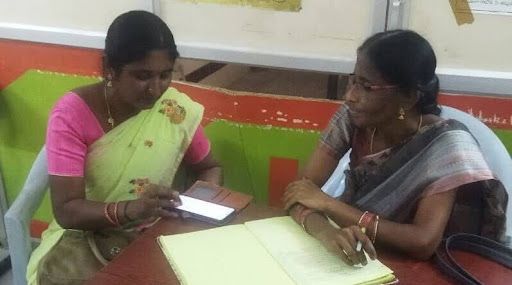The Problem is running faster than the solution!
Last week on Saturday morning I met the CEO of the largest public health non-profit in the country, to see how we could collaborate and support his work. As he explained to me the complexities of the health-ecosystem, the scale of the challenges his organization faces, the failure of many state systems, lack of human capital, how certain communities were far more affected than the others…the same old feeling came back to me, something had to be done…now! And at the scale that most of us find hard to imagine!
Societal and environmental problems have risen at alarming rates over the last few decades; one must watch the documentary film “Home” to understand why, how and when did this happen! Entrepreneurs, governments, industries and communities have responded back to these challenges with innovation, new technologies, new policies/laws and new partnerships. The problem however has been in the pace and scale of these responses.The problem is running much faster than the solution! Many pilot programs have been successful in demonstrating how societal impact can be achieved and solutions can be found, but by the time they planned to scale the vulnerable communities have grown in size and added more problems to the mix.
The question then is, how does one out-pace the problem and overcome it in “our lifetime”? It is clear that the answer is not very simple and that it will be different for different stakeholders in different geographies, even if they believed that this is the right thing to do. I believe the following four things need to happen for us to have a fighting chance at out-pacing the problem and ending poverty, inequality and other social and environmental concerns.
It’s about ecosystems now, not just organizations
In mainstream business, the entrepreneur or his company is often credited disproportionately for success because the role of the ecosystem or the market is many a times taken for granted. However in the context of complex societal challenges, I believe we need to move away from waiting for the “hero” towards a more collective and ecosystem based approach. At a recent global event one of the senior leaders of WBCSD noted that if all the fortune 500 companies suddenly became “good” and focused their energies on solving societal and environmental problems we would still be short of achieving our goals because of the scale and complexities we face. Given that these companies are not going to do this anytime soon, to bring the collective intellect, resources and knowledge we need to work in well-oiled ecosystems. Like every large orchestra needs a conductor, these ecosystems will need leaders and experts who can integrate and tie everyone together on common goals and approaches.
What’s your north-star metric?
For millions of years the stars have shown the way for man to move and get to his destination. Well defined goals that are clearly articulated to bring together different stakeholders, especially the business ecosystem, to act are essential “stars in the sky” to give us direction and help reach our destination. The Sustainable Development Goals (SDGs) act as a great proxy to the north-star that this ecosystem was in desperate need of. The recently defined SDGs are time-bound and clearly articulate what “outcomes” need to be achieved by when. While there have been many government and industry goals and metrics before SDGs provide an overarching mandate for all stakeholders to now consolidate and communicate in a “common language”. While the SDGs are global in nature they can be used to define outcome goals not only for countries, states, communities but also across regions and stakeholders. Hence it becomes very important to complement the SDGs with local context and data/information from the local governments and stakeholders. This local contextualization under the global SDG mandate is our new North-Star!
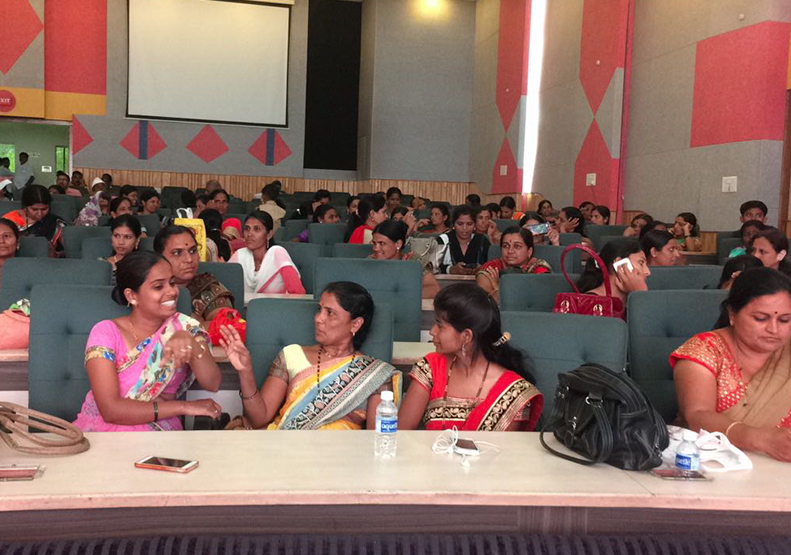
Further, the focus is now more on the outcome and not the approach or the “department” responsible for it. The SDGs are by no means perfect but can definitely give us direction and clarity to get to work for the next decade.
Mere Karan-Arjun Aayenge!
Every war needs soldiers, generals, strategists, politicians and the works! Fighting societal challenges as large as poverty and inequality is no different and urgently needs a strong breed of innovators, leaders with empathy and environments that can nurture these people. The key however is for these soldiers to be everywhere , like the problem they are fighting and not just be concentrated in high towers of Central Delhi, Brussels or Washington. It is also important for these soldiers to be everyone, from maids and drivers to CEOs.
The talent in the social sector suffers the chicken and egg problem of what comes first, the talent themselves or the “enabling environment” with the right pay, incentives, societal recognition etc. Hence, today the talent pyramid is disconnected because for a long time most of the top talent have been watching the sector unfold and “supporting” by being volunteers, donors, investors, advisors etc., while others got their hands dirty.
Over the last few years, however, things have started to take a dramatic shift…very much like the herd that decides to cross a river because of the first few brave souls who jumped in. And now there is momentum! More and more professionals, especially under the age of 30 are keen to build careers which help solve global social challenges. More senior professionals are not waiting to retire to contribute and instead are plunging in early enough in their careers full of experience, resources, networks and leadership. Getting more people to focus and solve societal problems will help shift the weight and break the barriers and bring in resources, improve incentives and will automatically create a strong environment to nurture talent that can work with their heads-hearts-hands.
Stop the leak in the bucket!
The social sector has always attracted a lot of capital from various stakeholders including governments, corporations, philanthropists and individuals, though the results achieved are far from desirable. Clearly the bucket has been leaking and pouring more water alone is not going to help. There is an urgent need to fix these leaks using innovation, standardization, knowledge, tools and capacity building of existing organizations and incubating new ones. The business sector that has mastery over execution can help and bring in the key ingredients missing in the current social impact ecosystem. This will require both sectors to open their minds for collaboration, exchange talent and other resources and work towards a more collective bottom-line. Knowledge and technology will be key enablers are organizations scale, more people enter the sector and new partnerships emerge.
Boiling the ocean is difficult they say, yet, we the humans have managed to boil the entire earth last century. If we have been able to negatively impact the societies and environment in the last 50 years, much more than many centuries before that put together, can we not also positively impact and reverse the trend in the next 50 years, in our lifetime?
